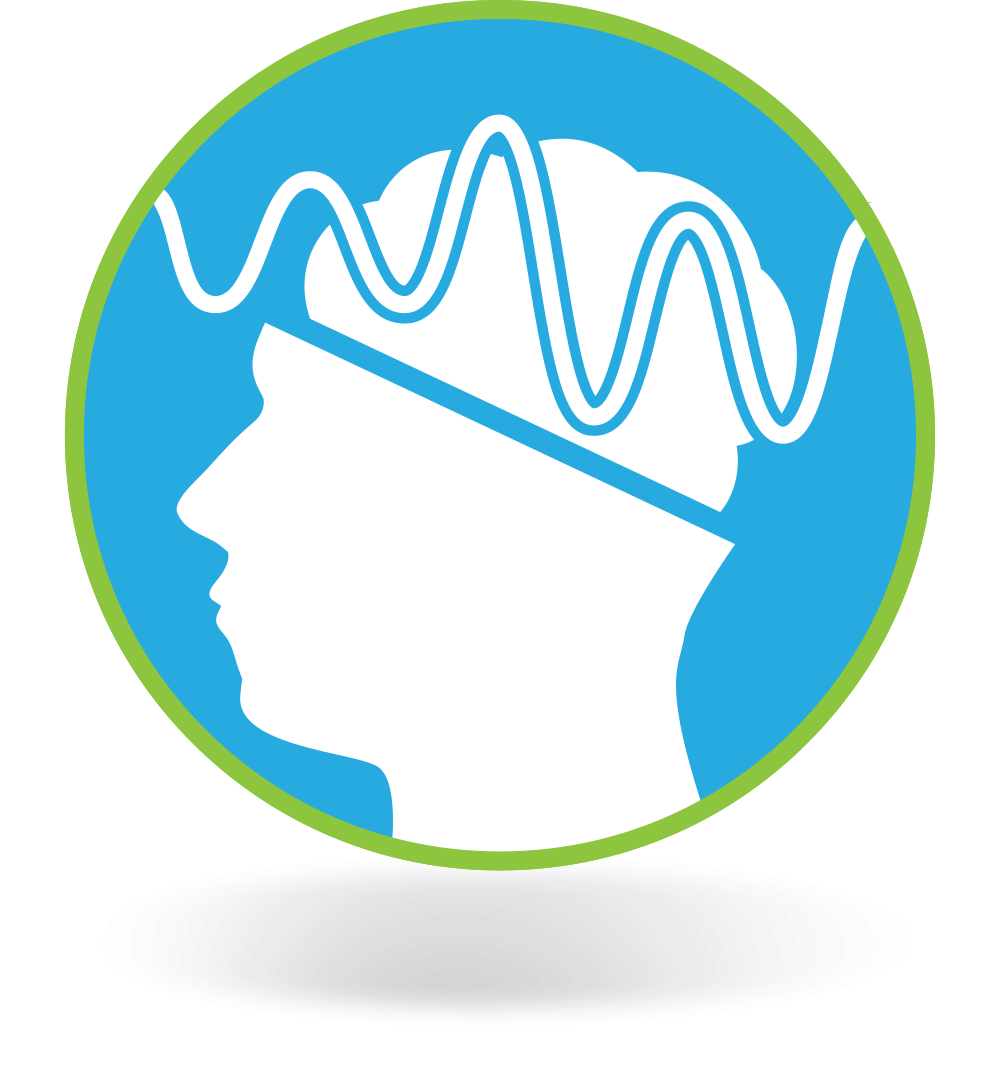Written By: Barry L. Friedberg, anesthesiologist, Goldilocks Anesthesia Foundation
Date Published: Mon, 2015-01-12
Re: “Emergence from general anaesthesia and evolution of delirium signs in the post-anaesthesia care unit” Card, et al., doi:10.1093/bja/aeu442
Congratulations to Card et. al. on their recent publication. (1) Missing from their report was any tabulation of delirium suffering patients who received intra-operative brain monitoring vs those who did not. Several recent publications strongly suggest brain monitoring could play a useful role in preventing this perplexing problem. (2,3) However, without a real time component like electromyogram (EMG), brain monitoring is of limited utility. (4) The ultimate goal of my non-profit Goldilocks Anesthesia Foundation is to make brain monitoring a standard of care.
References
1. Card E, Pandharipande P, Tomes C., et. al.: Emergence from general anaesthesia and evolution of delirium signs in the post-anaesthesia care unit. Br J Anaesth 2014;Dec 23. pii: aeu442. [Epub ahead of print]
2. Radtke, F.M., Franck, M., Lendner, J. et al. Monitoring depth of anaesthesia in a randomized trial decreases the rate of postoperative delirium but not postoperative cognitive dysfunction. Br J Anaesth. 2013; 110: 98-105
3. Hand L: Postoperative Delirium Guideline for Older Adults Issued. http://www.medscape.com/viewarticle/835292
4. Mathews DM, Clark L, Johansen J, et. al: Increases in Electroencephalogram and Electromyogram Variability Are Associated with an Increased Incidence of Intraoperative Somatic Response. Anesth Analg 2012;114:759-770.
Conflict of Interest:
None declared
